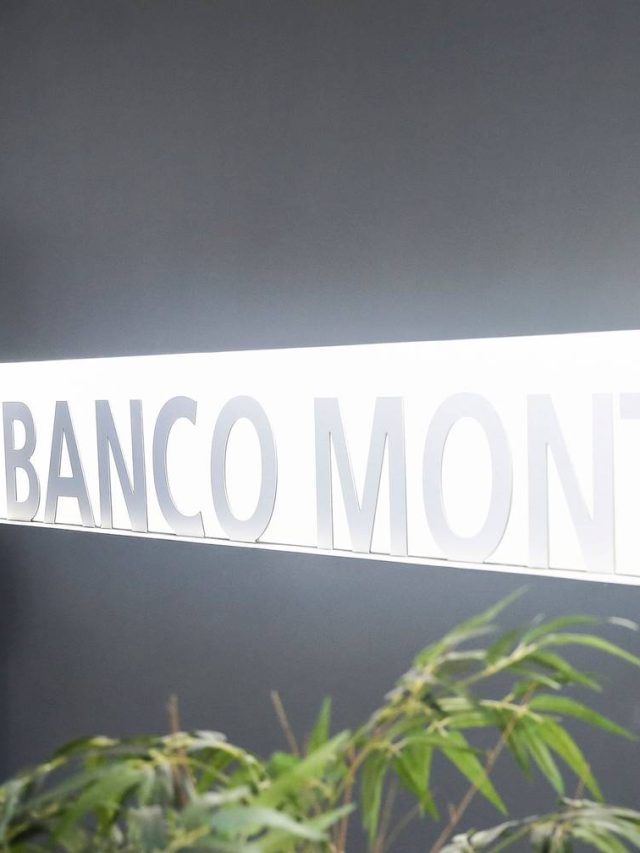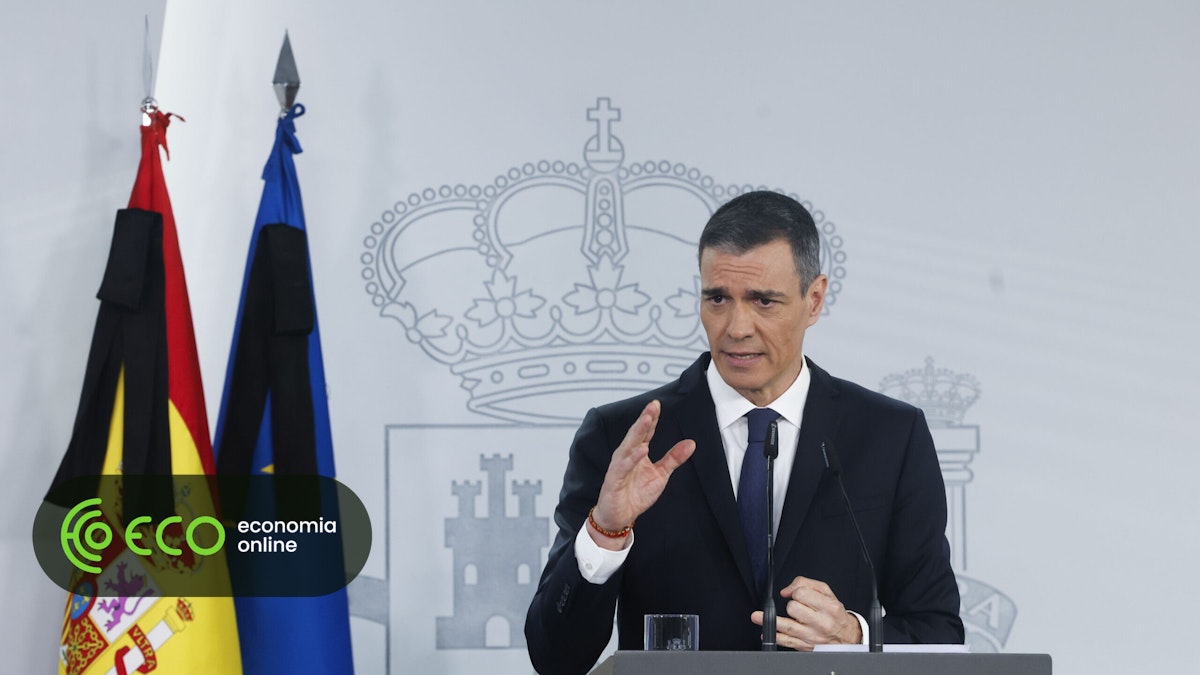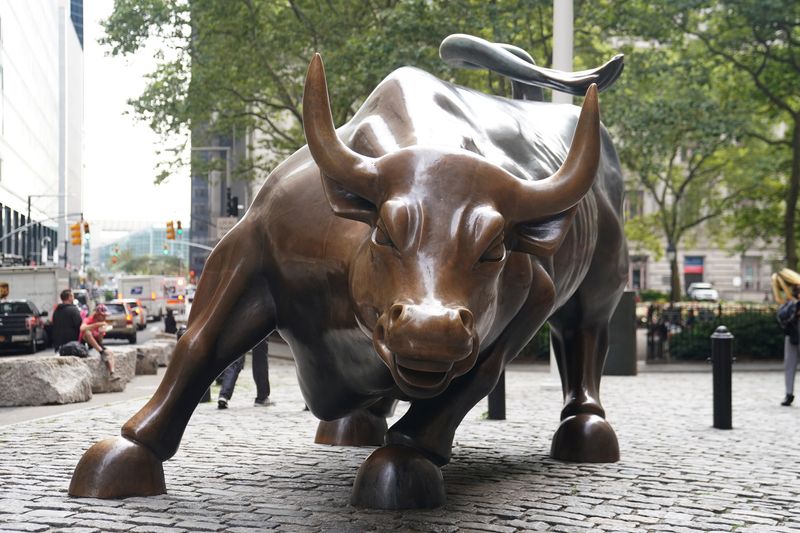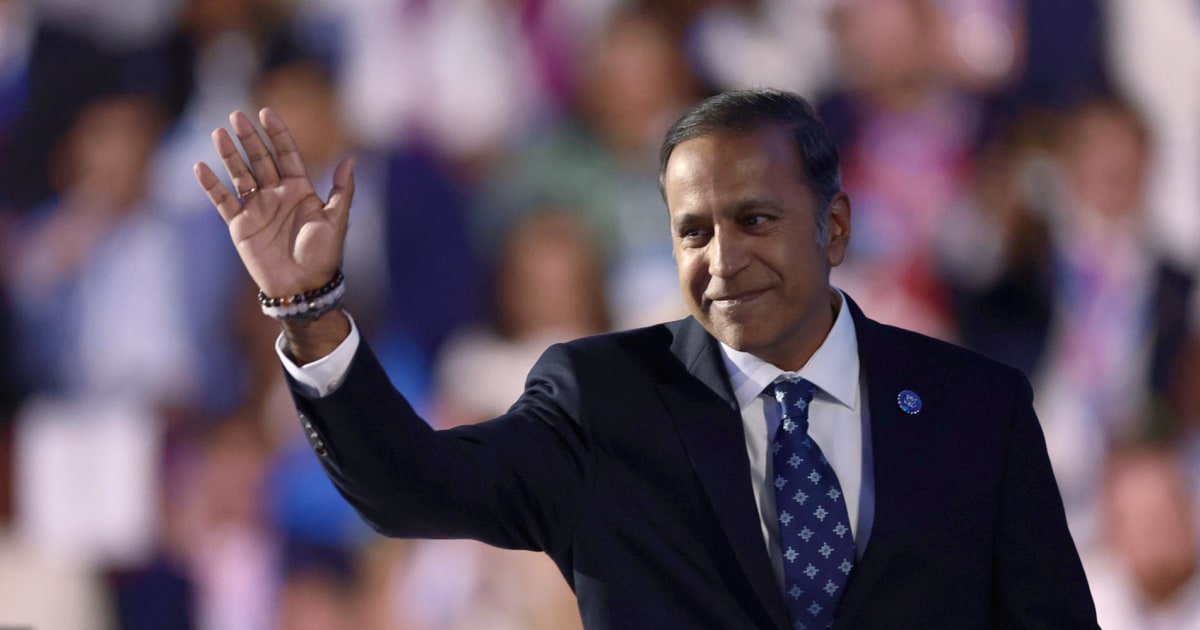Producer prices rose less than expected in December, cheering investors
U.S. wholesale inflation rose last month as energy prices rose.
The Labor Department reported on Tuesday that its producer price index, which tracks inflation before it affects consumers, rose 0.2% last month from November, down from a 0.4% gain the previous month. Compared with the same period last year, producer prices rose 3.3%, the largest increase since February 2023, up from 3% in November.
A 3.5% rise in energy prices from November to December – including a 9.7% rise in gasoline prices – pushed the overall index higher. Food prices fell 0.1% in December.
Still, the overall increase was slightly below economists' forecasts. U.S. markets moved higher immediately after the new inflation data was released.
The S&P 500 rose 0.4% in early trading Tuesday. The Dow Jones Industrial Average rose 163 points and the Nasdaq Composite gained 0.6%.
Excluding food and energy prices, so-called core wholesale inflation was unchanged from November but up 3.5% from a year earlier.
The producer price report is released the day before the Labor Department reports on consumer prices. Its consumer price index is expected to rise 0.3% from November and 2.8% from December 2023, according to a survey of forecasters by data firm FactSet.
Wholesale prices can give us an early look at where consumer inflation is headed. Economists also watch it because some of its components, notably health care and financial services, flow into the Fed's preferred inflation gauge, the personal consumption expenditures (PCE) index.
Inflation suddenly spiked in early 2021 as COVID-19 lockdowns led to an unexpectedly strong economic rebound that overwhelmed factories, ports and cargo yards, leading to shortages, delays and higher prices.
In response, the Federal Reserve raised its benchmark interest rate (federal funds rate) 11 times in 2022 and 2023.
Inflation has eased from a four-decade high reached in mid-2022, giving the Federal Reserve enough confidence to reverse course in 2024 and cut interest rates three times. However, inflation progress has stalled in recent months, and year-on-year consumer price growth is still higher than the central bank's 2% target.
Fed moves cautiously
Fed officials said in December they planned to be more cautious about cutting interest rates this year. They now expect just two rate cuts in 2025, down from four in September. They are widely expected to keep rates on hold at their next meeting on January 28-29.
Many economists worry that President-elect Donald Trump's pledge to impose tariffs and tax cuts on foreign goods will drive up inflation.
“Looking at today's data, the Fed doesn't see any reason to call for lowering interest rates faster,” said Carl Weinberg, chief economist at High Frequency Economics. “Better than expected is not necessarily a sign that the Fed is moving toward a lower rate.” Before the fast-growing economy is seen easing monetary conditions, tariffs and tax cuts are on the incoming administration's agenda.”










